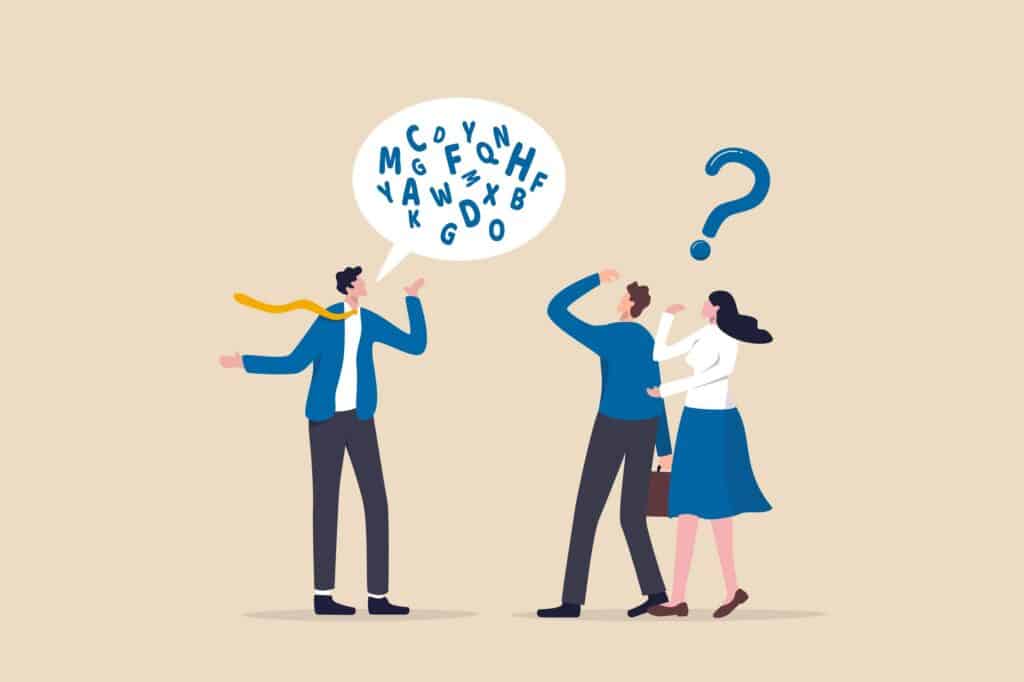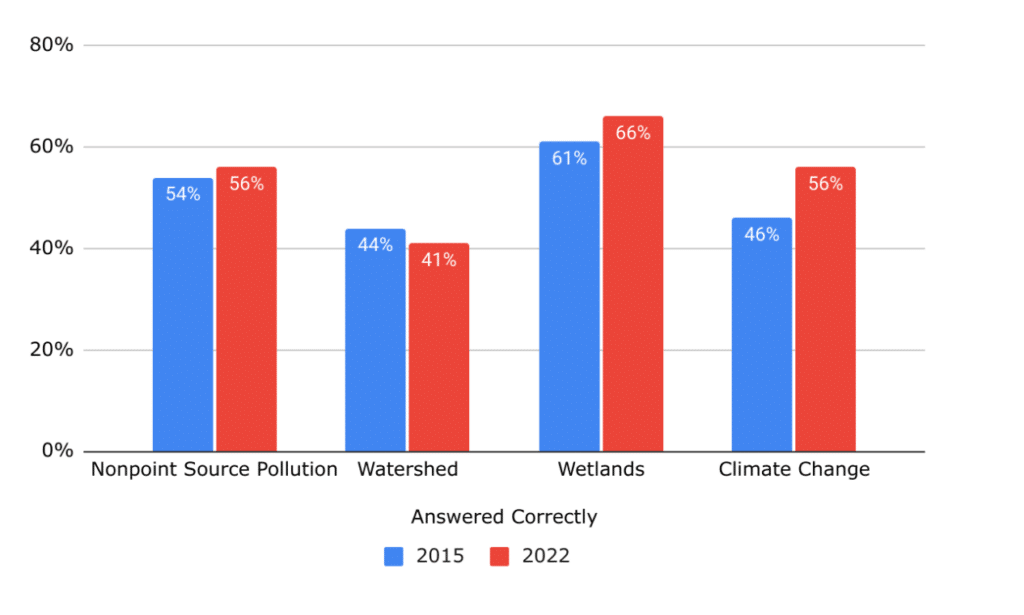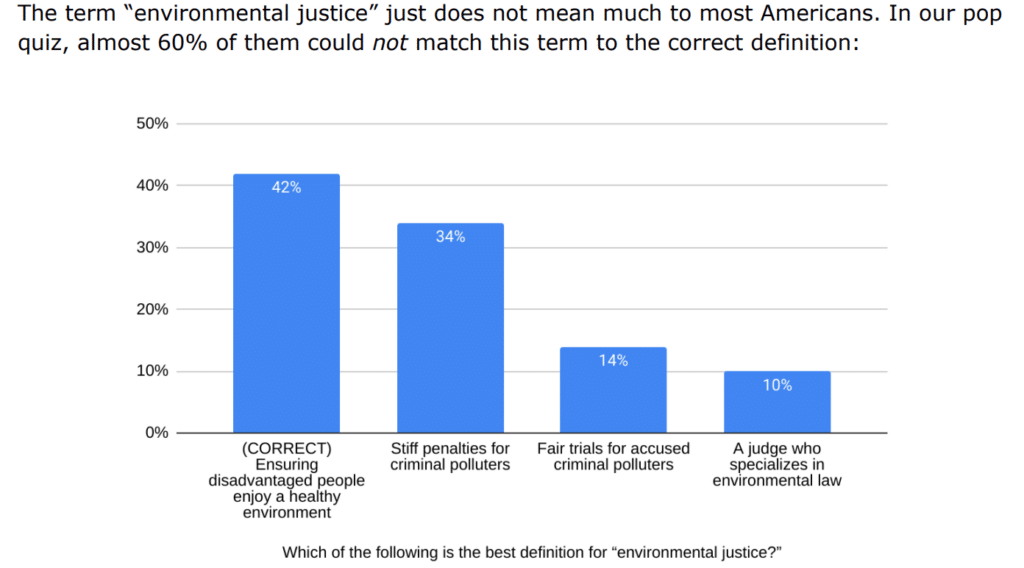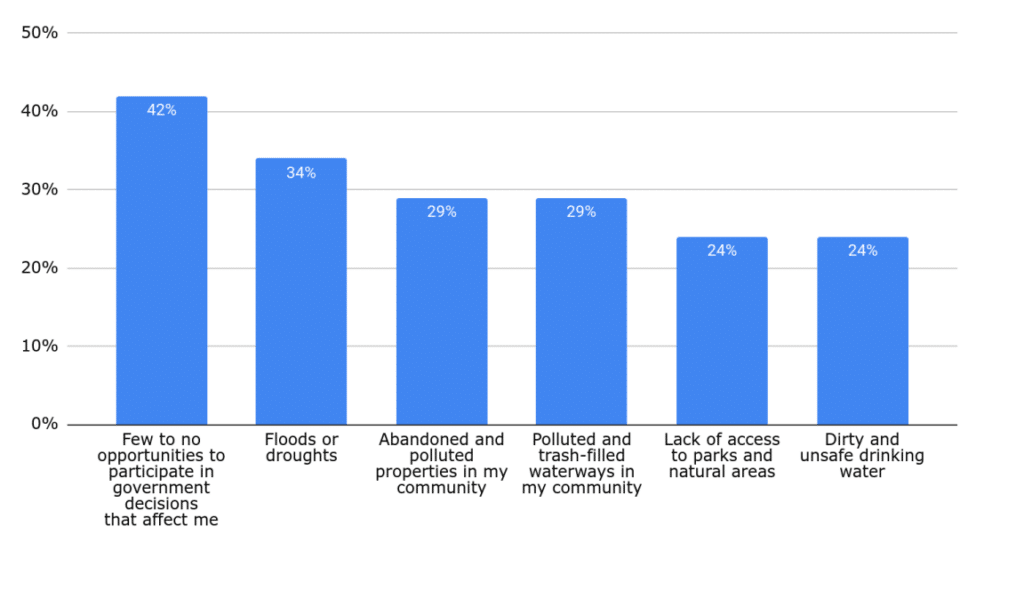 With constant access to a 24-hour news cycle and 86% of Americans now receiving news on their digital devices, it is impossible to avoid hearing about water stories in our communities and around the world.
With constant access to a 24-hour news cycle and 86% of Americans now receiving news on their digital devices, it is impossible to avoid hearing about water stories in our communities and around the world.
According to Water Words That Work – a public relations and marketing firm that focuses on ensuring Americans’ ability to enjoy clean and safe water – language and how we communicate water issues can leave Americans feeling discouraged in their ability to engage with and help solve environmental problems. The company recently released its 2022 National Waterways Literacy Survey which explored 1000 Americans’ knowledge, attitudes, and behaviors toward water-related terms and topics. The report reveals that the language we use as water professionals impacts the public’s perceptions, decisions, and behaviors regarding pressing water issues.
Here are three key water communication takeaways from the survey’s findings and why they matter.
1. Avoid complex jargon
When science and water professionals communicate with the public, they often use complex jargon and terminology. This can leave people feeling confused, overwhelmed, and unclear as to what the problems are or what they could do as an individual to help. For example, terms such as “watershed” and “environmental justice” were found to be unclear, and questions containing them were more likely to be answered incorrectly.
Using clear and digestible language that is easily understandable can help mitigate this by increasing overall engagement and comprehension. Since the term “environmental justice” lacks familiarity for many, respondents saw it as a low priority. In contrast, more widely understood terms such as “pollution” and “climate change” were more understandable and considered to be of higher priority.

Fig. 1. Familiarity with the different terms being used within questions. Polled questions answered correctly in 2015 versus 2022 (WWTW, 2022, p.11)

Fig. 2. Responses to the question, “which is the best definition for “environmental justice?” (WWTW, 2022, p.13).
2. Use language that is relatable
We are more likely to be involved in, care for, or change our behavior to something when we feel a personal connection to it.
Relating water and environmental issues to everyone—and especially communities that do not face those issues directly—can make people more aware of how their actions and consumption habits connect to others. It shows us that water and other environmental issues are not someone else’s problem, they affect us all.
The table below represents six environmental problems individuals reported personally experiencing.

Fig. 3. Responses to the question, “Which of these environmental problems do you personally experience?” (WWTW, 2022, p.23)
3. Use words that motivate and inspire
As we talk about water, we need to be cautious of the language we use in order to prevent excess stress and disengagement. Often, the public does not understand their role when it comes to protecting waterways and solving other water issues. To accommodate this, science and water professionals should try to incorporate language that is encouraging and inspiring so individuals feel like change is within reach.
These current roadblocks in communication can be seen in the report. For example, when participants were asked, “Imagine tomorrow you will do something to prevent water pollution or protect waterways. What would it be?” Responses included a variety of actions, ranging from “Recycle more” to “I don’t know what I’m doing now that contributes to [water pollution] so I don’t know,” and “Don’t know, don’t really care”. These responses show that respondents were tuned out, did not have a deep understanding of water-related issues at hand, or were uncertain of what they could do to contribute.
Why language matters to water professionals
Every year, the American Water Works Association (AWWA) generates a report discussing the top concerns in the water industry. Over the past several years, the reports have consistently shown one of the primary concerns is the public’s understanding and value of water systems, services, and resources.
Since many people don’t understand the water industry and the silent service it provides, unclear and convoluted language can contribute to customers reacting negatively to things like rate increases, creating a greater disconnect between customers and the water industry.
If water professionals consider language more carefully when communicating with their customers, then the public’s perception and value of water could change, leading to increased collaboration, greater awareness of local water issues, and increased support for water infrastructure investments.
Considering language as we move forward
As professionals in the water industry, there needs to be a shift in current communication strategies in order for Americans to fully understand, connect with, and support water initiatives. Solving complex water issues can seem daunting to many. It’s time we start equipping the public with the information necessary to show them where to start.
